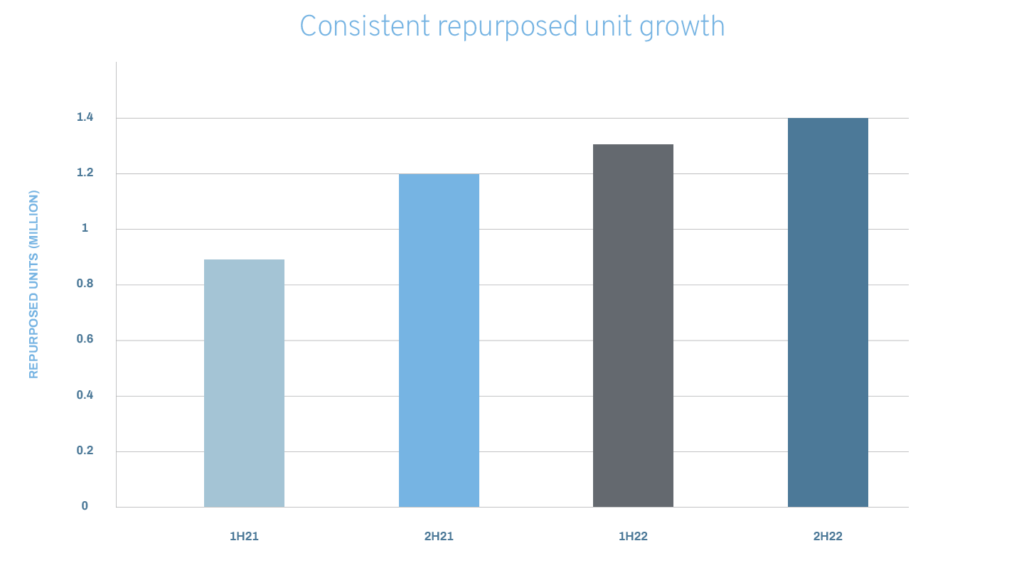Over 2.5 quintillion bytes of data are created every single day, according to Domo’s Data Never Sleeps 9.0. The rise of new technology, gaming and business data demand is resulting in a growing, voracious appetite for data storage. This meteoric rise in demand for data storage has accelerated the evolution of storage technology. Beginning with the first 5 megabytes (MB) capacity Hard Disk Drive (HDD) model in the 1950s and building to today’s drives reaching 100 terabytes (TB) – that’s 100 million megabytes – a 20 million-fold increase.
Throughout this half century of progress in storage technology one of the most significant changes is the introduction of the solid state drive (SSD). The invention of this flash-based storage device was widely billed as a disruptive technology and expected by many to, one day, replace the existing HDD hardware.
Is the era of the HDD over?
HDDs continue to be a popular, and affordable choice. SSD capacities are increasing and there are enterprise solutions on the market that can store up to 100TB on a single drive. That’s up to five times larger than the current top HDDs. However, the price for such drives is enormous. It can cost more than 4 times the price for the same amount of storage capacity.
As a consumer, when you’ve been using an SSD, going back to an HDD can make your computer feel sluggish, and that case is multiplied in business use scenarios. SSD performance is significantly faster. As SSD prices fall they are expected to become increasingly affordable and popular.
However, for storage and back-up purposes, where there are no speed or performance requirements , there is no need to back up to high performance SSD storage. Given the durability and reliability of modern HDDs, they’re still the single best solution for backing up your precious data.

What’s happening in data centers?
There are significant benefits to using SSDs in data centers. They are estimated to use up to 70% less power, therefore can mitigate one of the industry’s biggest challenges – the carbon impact of power use. They are also smaller so take up less room – an important factor for data centers where real estate square footage comes at premium prices in desirable locations. SSDs have higher performance with faster booting and improved speeds. Added benefits include the lack of vibration, lower noise, lower heat production and great areal density.
Cost, however, prohibits the complete adoption of this more advantageous technology. Nearly 100 million SSDs are being shipped per quarter, but HDD sales still outnumber that of SSDs when measured in storage capacity sold.
Can HDDs and SSDs be reused?
Sims Lifecycle Services (SLS) receives and processes over a million cloud assets every year, within that over 7 million lbs of drives are repurposed or recycled for material recovery.

Data held on both HDDs and SSDs can be securely and entirely erased using software programs. This enables both storage types to be successfully reused. Here at SLS we are seeing demand from our data center clients for all types of storage media. Hyperscalers and cloud enterprises are implementing circularity programs that target specific server components for remanufacturing, repurposing and reuse within their own data centers and enterprises are looking to the reused market to acquire performance storage at affordable prices.
Circular Economy Explained
Reusing and recycling retired IT assets and electronics enables companies to benefit from better environmental outcomes and improvement to the bottom line.
There is also high demand for SSDs for consumer products, almost every laptop we sell through our ecommerce channels comes with an SSD. Reused units offer customers an opportunity to purchase high quality units at reduced prices, with a lower environmental footprint than buying new.
